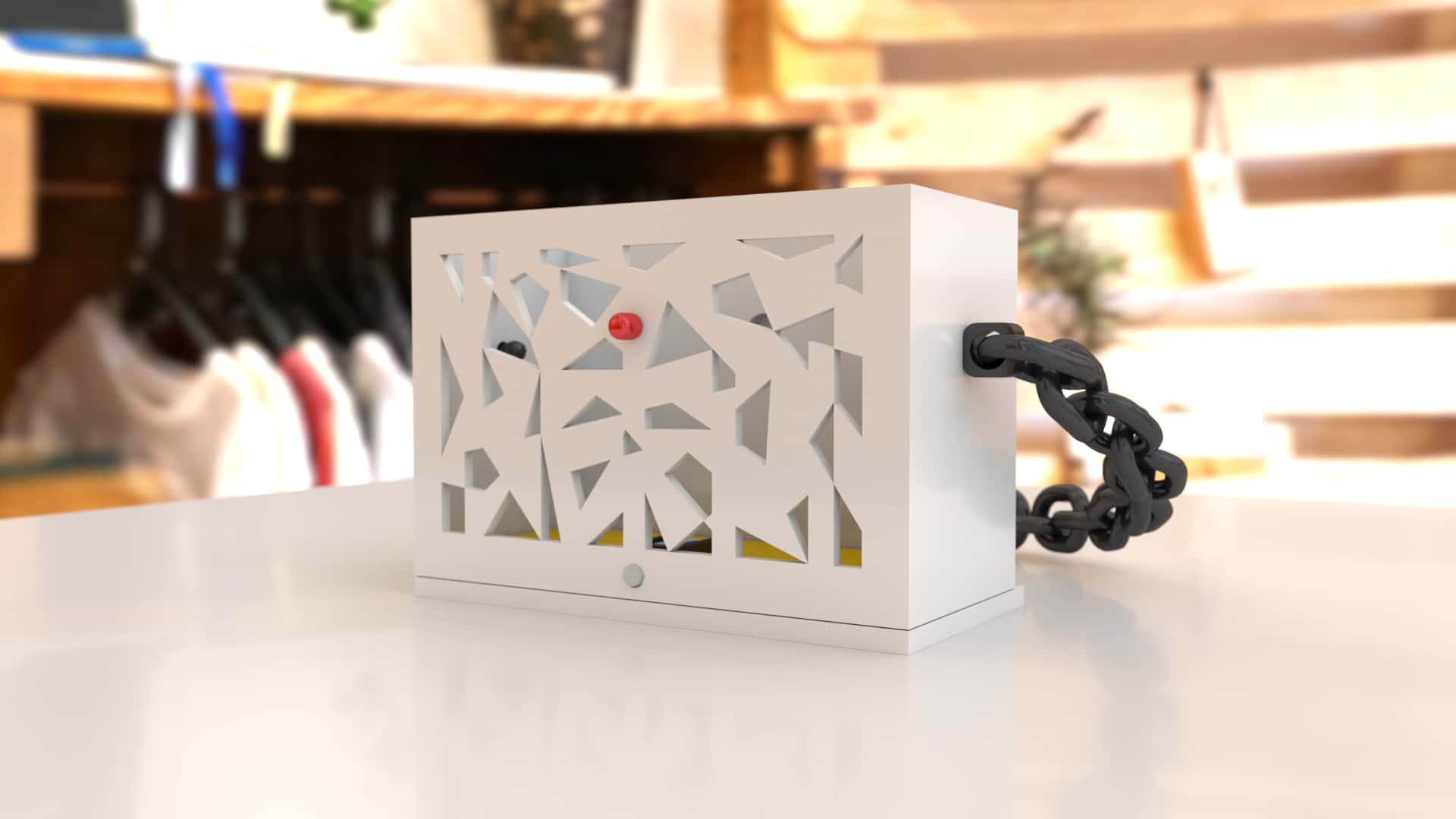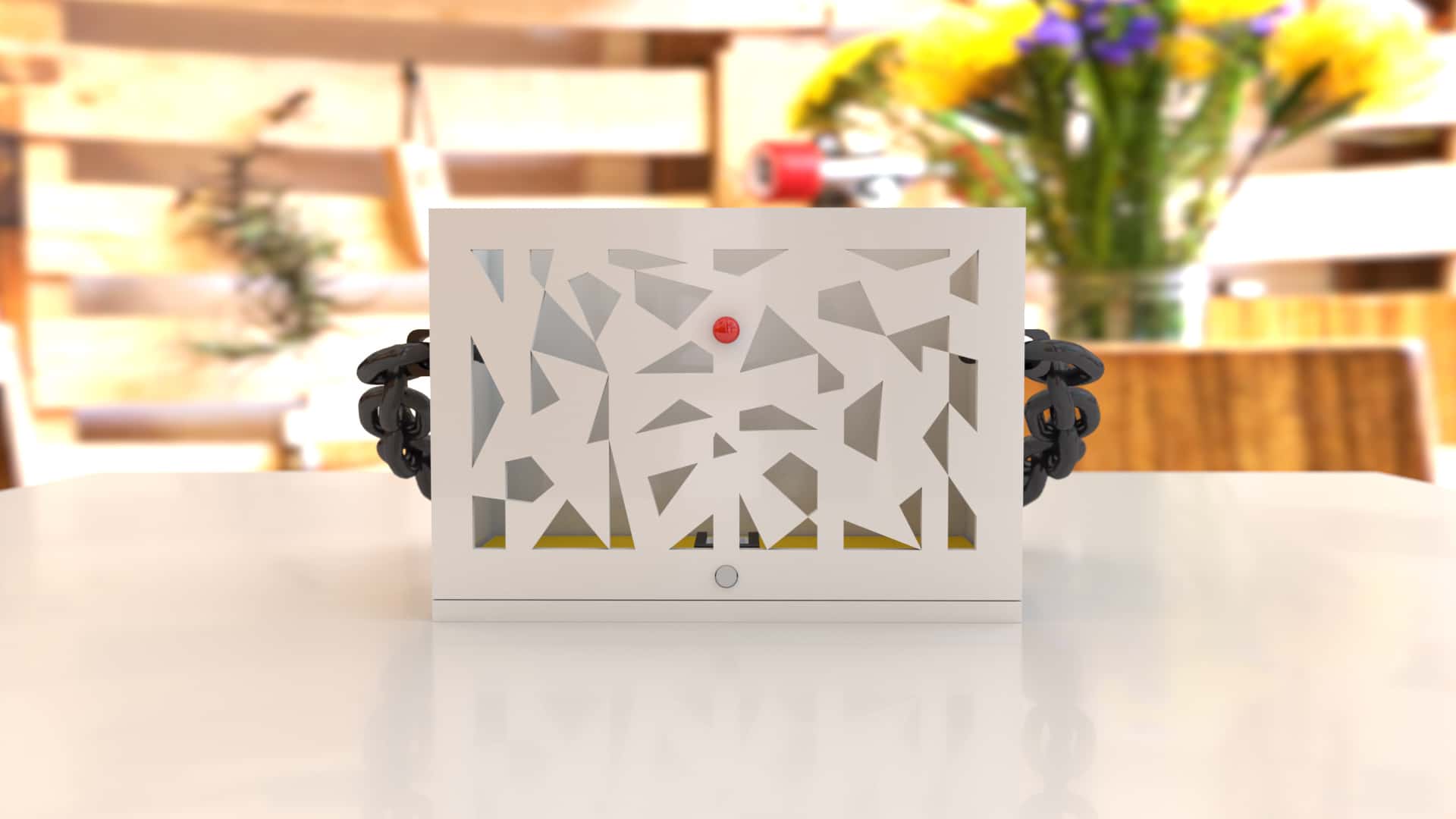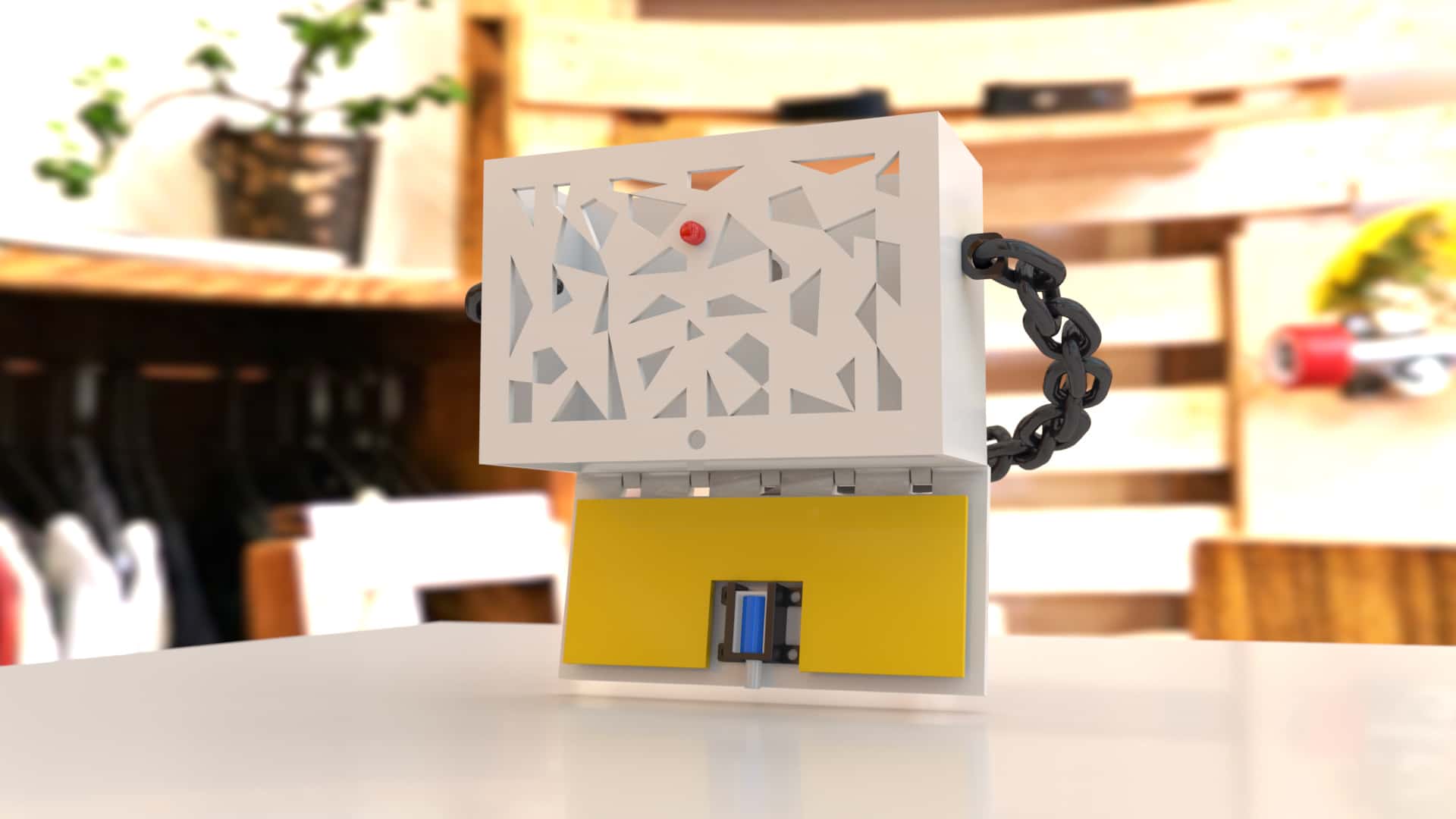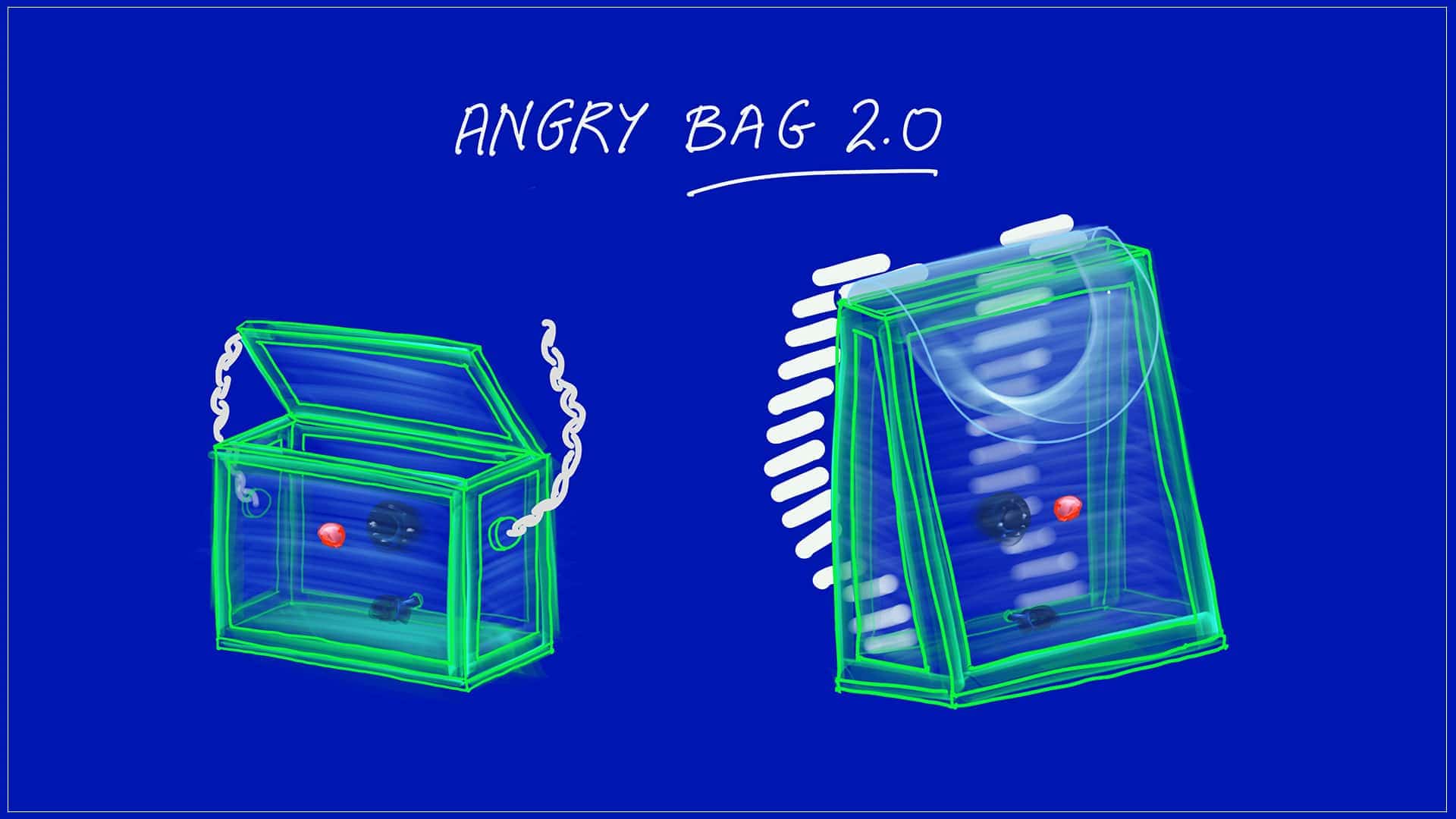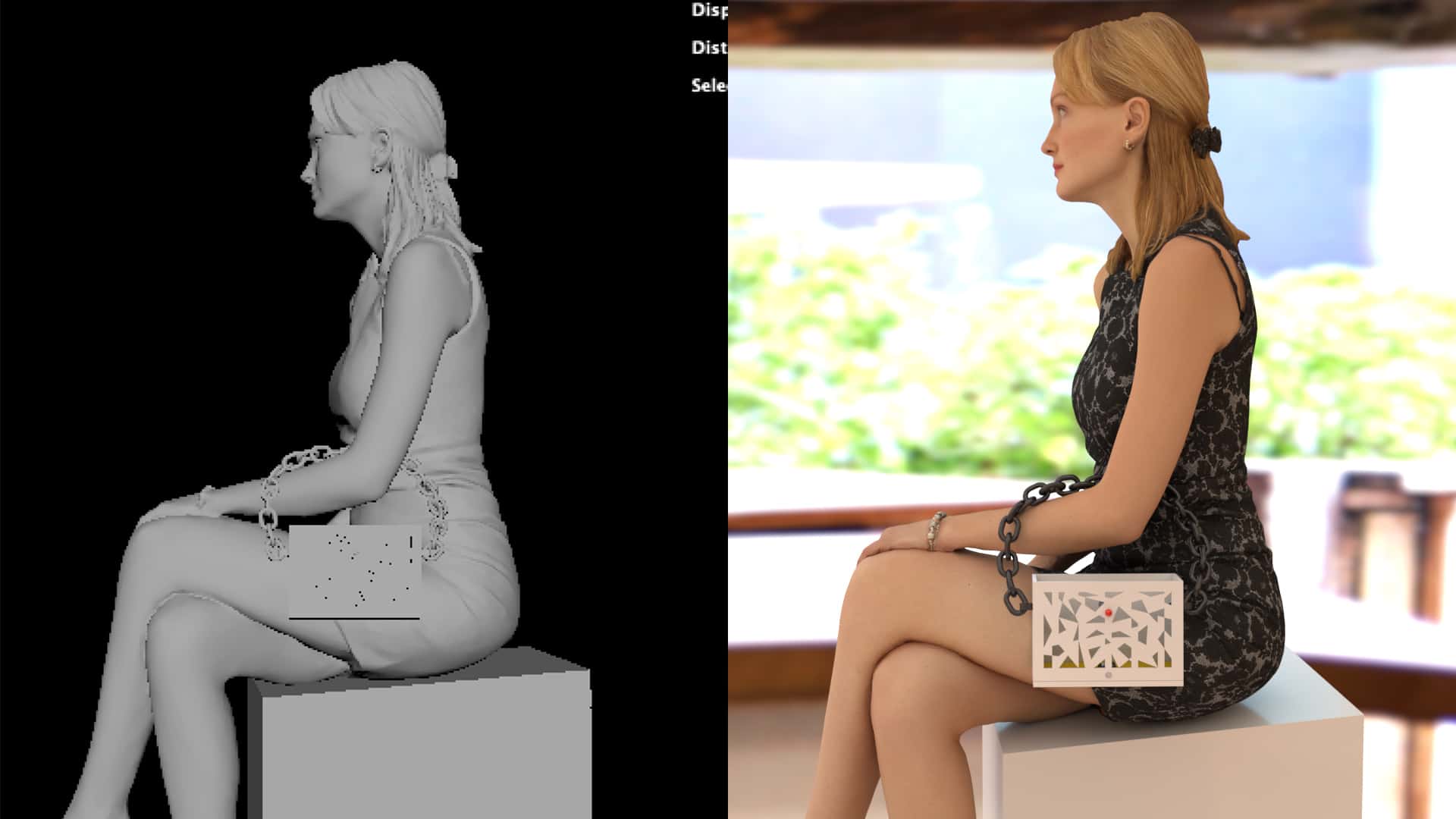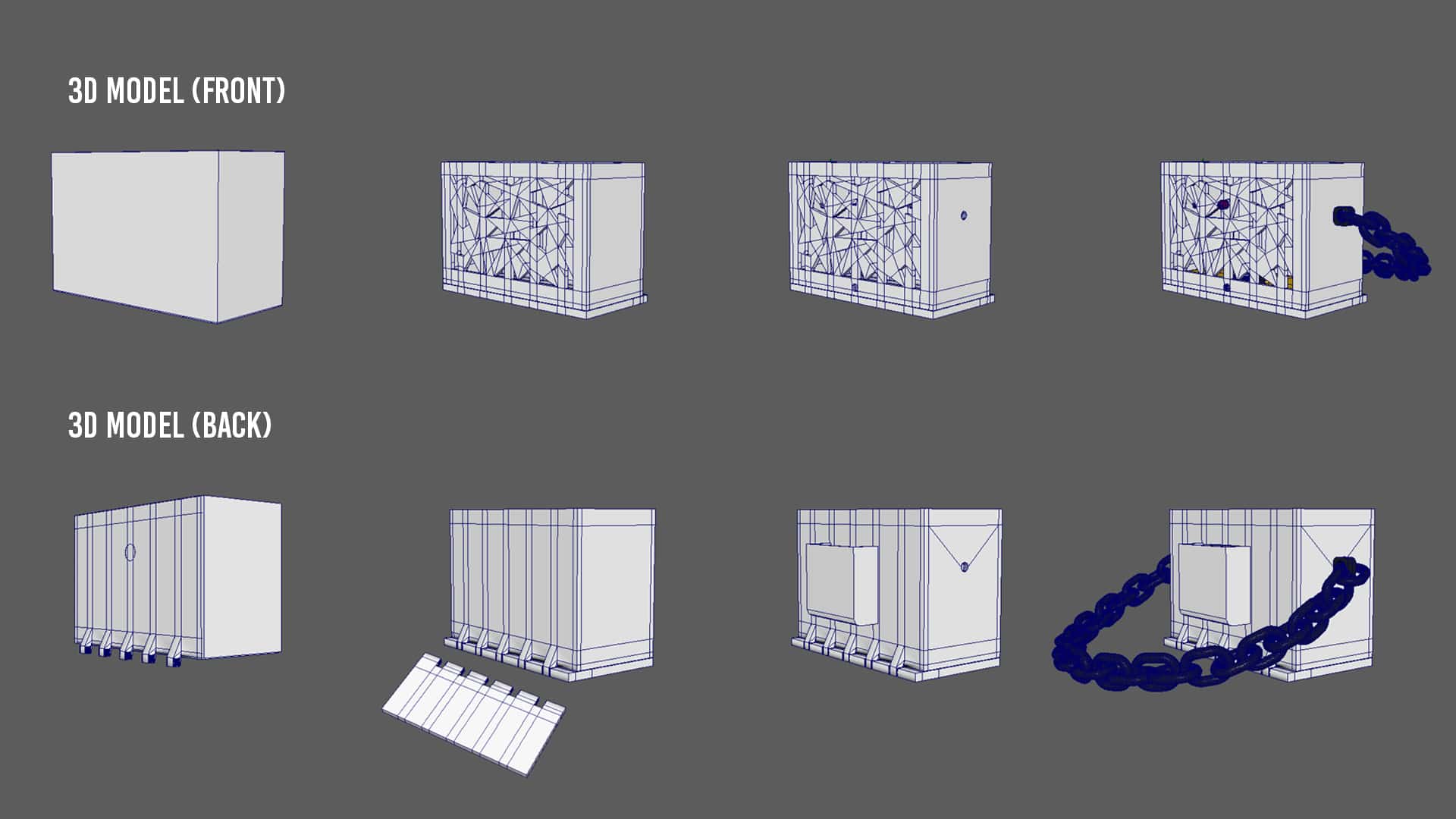E-Yoga Mat
An e-textile interface that allows users to learn accurate Yoga ‘Asanas’ or poses by interacting with different touchpoints on the yoga mat. The interactions trigger a feedback on a computer screen consisting of an image of the precise posture of the respective Asana. The touch interface has textile switches consisting of capacitive touch and analog pressure sensors, made of custom-cut felt in shapes of hands, feet and the posterior body part to visually facilitate interactions. Users can use these individually or in combinations. The current framework consists of a set of eight Yoga poses. However, this is completely customisable. The intent of the experiment is to provide yoga practitioners with a natural, tangible interface that enables them to understand the correct posture through immediate, interactive feedback. It does away with the dependency of physical communication with computers for learning yoga by bringing interface into the textile itself.

Angry Bag
Angry Bag is a bag that doesn’t like being overloaded. If overburdened, it blinks a warning. If not acted upon in time, it gets aggravated and opens the bottom flap, dumping all the things inside it onto the ground.
The bag is installed with a circuit enabled by an analog pressure sensor on the bottom flap. When loaded beyond its threshold, the analog switch senses and turns on the circuit, making the LED blink as an indication (State one). If the user fails to act and reduce the weight within a specified timeframe, the servo motor holding the bottom flap rotates to open the flap (State two), thus dumping everything in the bag onto the floor. The entire bag was designed from scratch and built by laser-cutting and assembling plywood, avoiding constraints that could’ve emerged from augmenting an existing bag.

Angry Bag 2.0 – The Recipe
An open-source 3D printable DIY kit that one can use to build the ‘Angry Bag’ at their convenience. The kit contains required instructions to build this wearable including through a 3D-rendered video, list of materials, code and circuit diagram that serves as a blueprint for the circuitry. In addition, the kit supplies a pre-built ready-to-print 3D model of the bag that can be 3D printed in ABS or PLA material and easily assembled by the user. The model contains support elements such as the strap made of links that can be customised to the desired length, mount for actuator, and pipes to carry wires for a sleek circuit design. It can thus be created by anyone with basic understanding of circuit diagrams.












